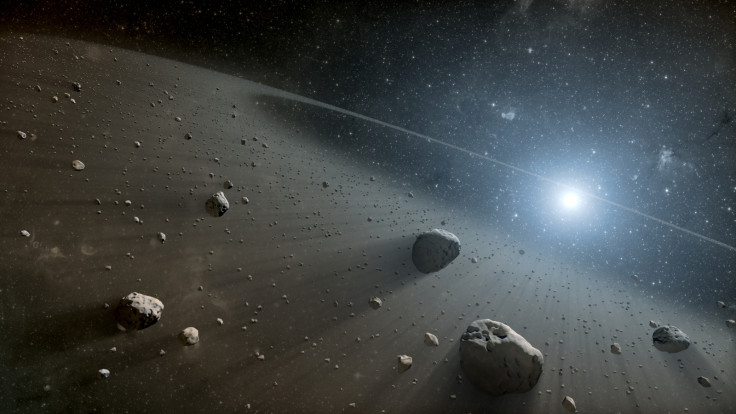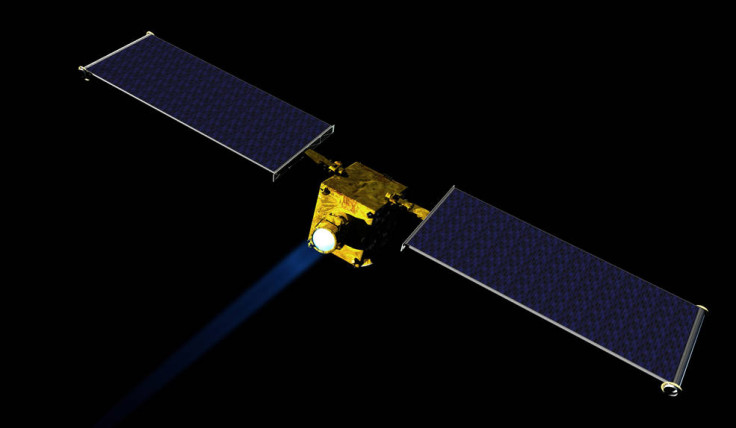Nasa using supercomputers and 3D modelling to simulate asteroid impact scenarios
Nasa scientists are simulating the asteroid that broke up over Chelyabinsk to plan for future incidents.

To prevent and prepare for future calamities, Nasa's scientists are using a supercomputer and 3D computer-aided design (CAD) software to model and test out the impact of asteroids hitting the Earth.
Asteroids are potentially life-threatening if they pass close to our planet, entering the Earth's atmosphere and becoming meteors, as meteors contain many times more kinetic energy than was released by the atomic bomb dropped on Hiroshima in August 1945.
There are grave concerns that a large enough asteroid could even destroy the Earth or wipe out mankind. However there is very little available data on asteroids, which makes it hard to predict what will happen when one does get too close to us.
The best and most recent example we have is the 2013 Chelyabinsk meteor event in Russia, which damaged over 7,200 buildings and injured 1,500 people in six different cities in the Urals region.
Nasa's researchers are using the 7.25 petaflops Pleiades supercomputer and Nasa's proprietary Cart3D software, which is typically used for aerospace, to build large-scale 3D models mapping the blast from the asteroid's entry corridor to the countryside surrounding the city.
3D modelling able to accurately predict meteor outcome
Using the models to understand how bits of meteors break off from asteroids, the scientists made predictions of the blast overpressures and shock arrival time at specific locations covering an area of over 40,000 square kilometre (15,000 square miles).
When they compared their with actual data recorded on dashboard and building cameras, they were surprised to find that their results matched what happened to within a fraction of a second.

"These are some of the world's most detailed simulations of this event. We were able to produce many scenarios quickly because Cart3D, normally used for aerodynamics analysis, is dozens of times faster than most hydrocodes used for 3D numerical modelling of the fluid flow that occurs when asteroids melt and vaporise as they break up in the atmosphere," said Michael Aftosmis, an aerospace engineer who leads the Asteroid Threat Assessment Project (ATAP) blast wave and ground damage modelling work at the Nasa Advanced Supercomputing (NAS) Division.
There have been concerns that meteors could hit the sea and generate tsunamis, and questions over whether a meteor hitting land or water would cause more damage.
"We were very much surprised. Everyone thought a tsunami was going to be more of a threat," said Aftosmis. "However, modern simulations consistently produce less coupling to motion in the water than the earlier, less detailed analysis."
The Double Asteroid Redirection Test

Once the team of NAS researchers have run the asteroid impact simulations, other teams within Nasa can then develop plans for how to best identify and defend against potentially dangerous asteroid strikes in future.
At the same time, Nasa's research can also be given to US government agencies like the Department of Defense (DoD) and the Federal Emergency Management Agency (FEMA), who carry out table-top "war game" exercises examining worst-case scenarios to look at potential damage to urban infrastructure; how long warning times might be; planning for evacuations; and other options for protecting lives and property.
The NAS team's work is also critical for helping Nasa's programme directors to decide which missions would be the best to trial for assessing and averting potential impact threats.
For instance, Nasa has just announced that it has approved the Double Asteroid Redirection Test (Dart) mission, which will the first ever to demonstrate an asteroid deflection technique for planetary defence by flinging a fridge-sized spacecraft at an asteroid that will pass the Earth at a distance.
This won't happen until 2022 however, and scientists have no real idea what will happen – but they hope that Dart will cause the asteroid to be knocked into a different flight path away from our planet.
"If we can see it coming, we can help the agencies who predict where and when the impact will happen, and they can warn people a couple of days in advance to give them time to gather important stuff and get to safety," said Aftosmis.
© Copyright IBTimes 2024. All rights reserved.






